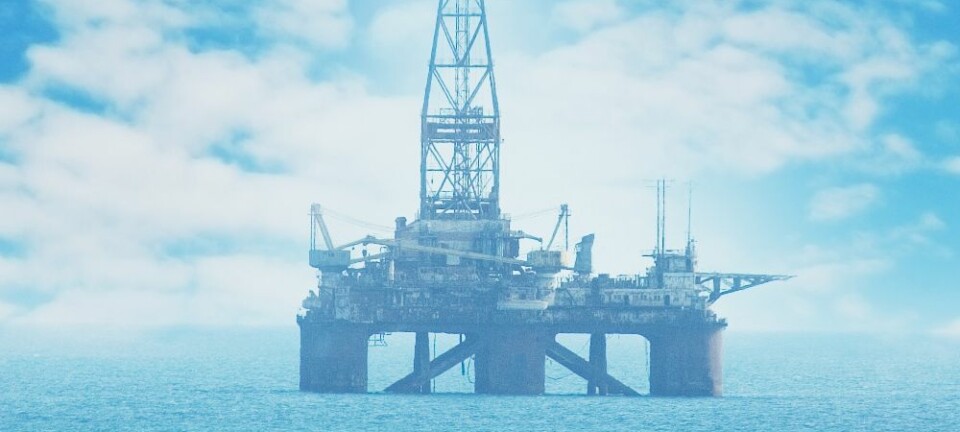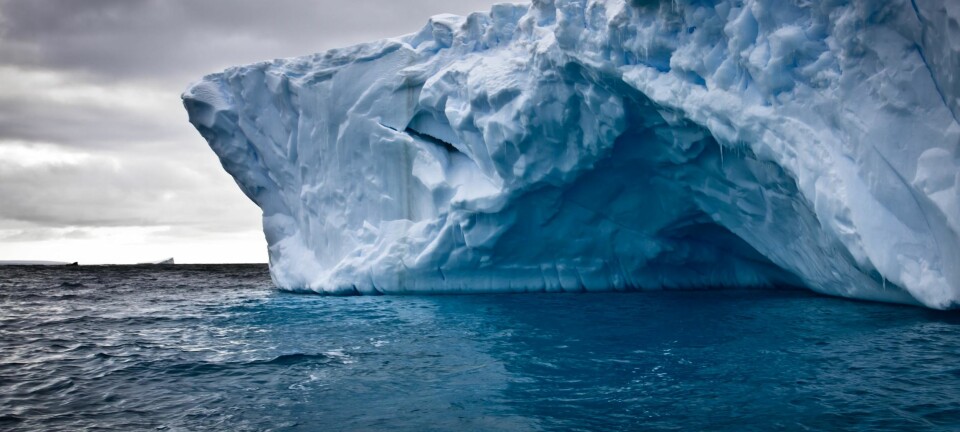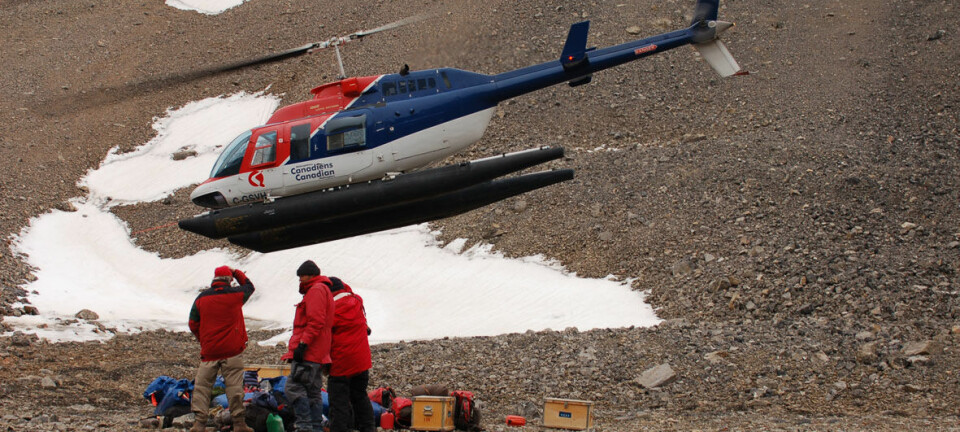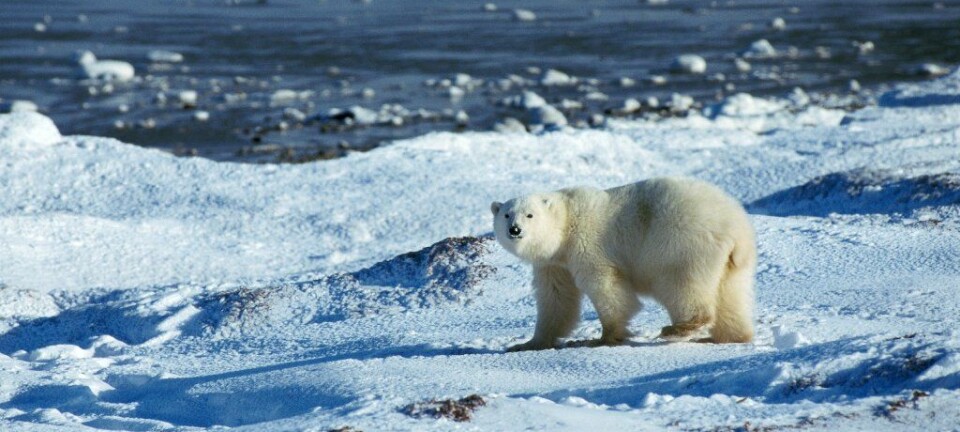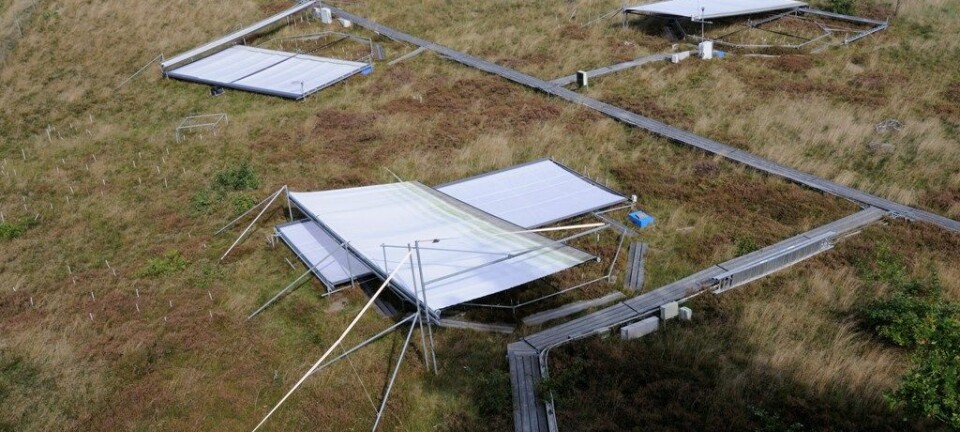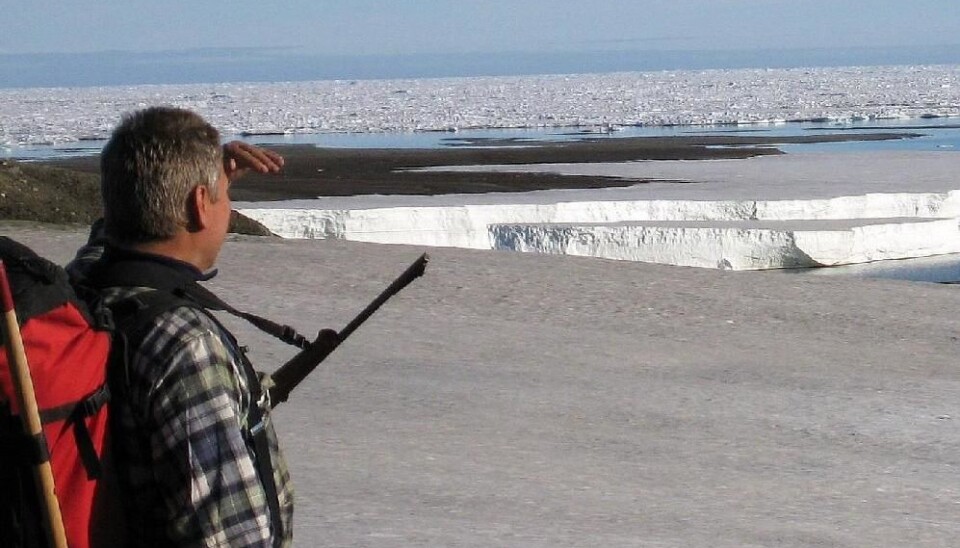
Winds extend the life of the Arctic icecap
The wind plays a much more important role in climate change than previously thought, say Danish researchers, who have mapped the summer ice in the Arctic Ocean going back thousands of years
Several thousand years ago there was probably less than half as much sea ice as there is today - and if the amount of ice decreases in one place it may well increase in another.
These are some of the results arrived at by researchers from the Geogentics Research Centre at the University of Copenhagen. The results were published in the journal Science after they had studied the development of the sea ice over the last 10,000 years.
The answer was in the wood
The researchers have arrived at their results by collecting and studying driftwood from the north coasts of Greenland. The type of wood was ascertained and dated using the so-called carbon 14 method.
The lumber came from the large rivers in North America and Siberia, and consisted mainly of fir trees, which are dominant in America and larch, dominant in Siberia.
Studying the species of wood provided the scientists with valuable information about alternating travel routes and changes in current and wind conditions in the Arctic Ocean.
Driftwood carried by the sea ice
"You might think that the driftwood had simply floated across the sea and landed on the coasts of northern Greenland," explains Svend Funder, a lecturer at the Danish Museum of Natural History, and the head of the research team.
"But the journey takes many years and the driftwood would not be able to stay afloat for that long. So the wood must have been encapsulated by the sea ice from the outset and reached Greenland in that state. This therefore indicates the amount of multi-annual ice there was in the ocean back then."
Substantial fluctuation in amounts of sea ice over time
The studies reveal that the amount of summer ice has fluctuated considerably over the past 10,000 years. During what is known as the Holocene warming period between 8,500 and 6,000 years ago, when temperatures were higher than they are now, the amount of sea ice in the Arctic Ocean was only half of what it was in the summer of 2007, when it was at its absolute minimum in recent times.
Sea ice - shrinks in one place, expands in another
The researchers also point out that although the ice contracted considerably in northern Greenland in the Holocene warming period, the amount of sea ice in Canada expanded.
They believe the differences are caused by changes in the overall wind systems, which are influenced by increasing temperatures.
The wind systems control the circulating ocean currents which move the sea ice around in the Arctic Ocean, and changes in these currents affect the amount of sea ice reaching the coasts of Greenland and Canada.
The wind an overlooked factor
"All in all, one can say that there has been tremendous natural variability in the spread of Arctic sea ice," he says. "The bad news is that there is a clear correlation between temperatures and the amount of sea ice, which means the continued warming will undoubtedly reduce the summer sea ice in the Arctic Ocean. The good news is that even with the reduction to less than 50 percent of the current amount of sea ice, it will not reach a point of no return. The ice will still be regenerated if the climate one day gets colder again."
There should be sea ice in the Arctic until 2100
The study shows that the influence of temperature in particular on the overall wind systems is the reason behind the changes.
"This has not been adequately taken into account in projections of the impending disappearance of the sea ice, so we must urge that greater consideration is taken of this in the projection models."
In Funder's opinion, the new research results point in the direction of a more conservative expert evaluation as to when the summer sea ice will disappear entirely.
"More pessimistic researchers believe that the summer sea ice will be gone around 2030, while others do not believe this will happen until around 2100. We believe the latter is more likely," concludes Sven Funder.
Read the article in Danish at videnskab.dk
